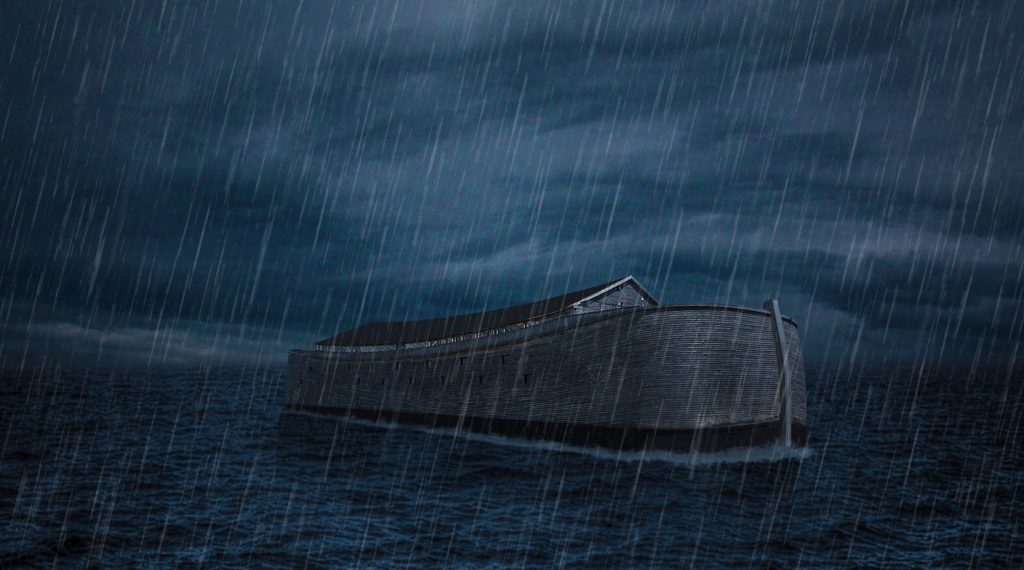In a previous post, I mentioned the different genres of folklore as well as origin stories as one of the many aspects of folklore. Circling back to that- let’s dive a bit deeper, shall we?
Material folklore can take the form of a lot of different avenues. Folk art is one of those avenues that are typically well received because as humans we are often visually engaged. This is especially true in today’s fast paced world. We are often much more likely to pick up a book or click on a show if we are drawn in by the front cover.

Did you know… there are actually over 200 myths that originate from all over the world, just about the occurrence of a major flood!
Within that number, there are two specific stories that are often referred to and well-known by most of society.
First, there is the Babylonian Epic of Gilgamesh which stems from 18th century BC. It is studied at length in most high schools and colleges. If you haven’t studied it, you have probably heard about it, at least in passing. Take a look here for a more in-depth look at the tale.
Secondly, there is the iconic Noah and the Ark. This is most commonly found in the biblical book of Genesis, chapters 6-9. Some choose not to believe in the reference to Noah as it is contained in the Bible. Those who discount it usually do so from an anti-religious standpoint. Read it for yourself here.

However, many scholars view the Bible as a historical text and thus view it as historically accurate. If your interested, I’d encourage you to read them both and choose for yourself. I’d love for you to share your thoughts in the comments!
If your interested in taking a look at other origin myths involving floods, you can find that here. The link is not scholarly, but it does give you a really good starting point on where to dive in deeper! The reference section at the end is a great place to look for more.
So, what does flooding have to do with culture? Did you know that floods are actually the most common and prominent of all weather-related natural disasters?
Over the years people have tried to control the waterways. To reroute canals and sections of rivers in their favor. This was often done to gain access to the river itself, or to gain more land when the water is diverted a different way. In earlier times, as the bigger cities emerged, you will notice that those bigger cities that were being created did so along waterways.
Flood walls have become a necessity to preserve life from the grasp of the powerful waterways. The loss of property and prosperity has been labeled as dire. The loss of life even more so. You can view a little more about flood walls and some of the cities that have them here.
Flood walls began going up in places where flooding had wrecked havoc or were prone to flooding. This was a means of survival for communities and people.
Walls tend to create a feeling of entrapment in some individuals or communities. The bland, concrete walls have sometimes been referred to as a prison wall, devoid of life. This is especially true when the walls are often 20 feet or more in height and span several thousand feet. It is in this place that survival indeed meets creativity.
The use of art to communicate, especially when words fail, is essential for society to continue not just surviving, but thriving.
How can you help your community move from surviving to thriving with an emphasis on creative culture?
I have never heard of the epic of Gilgamesh! I will have to read about it.